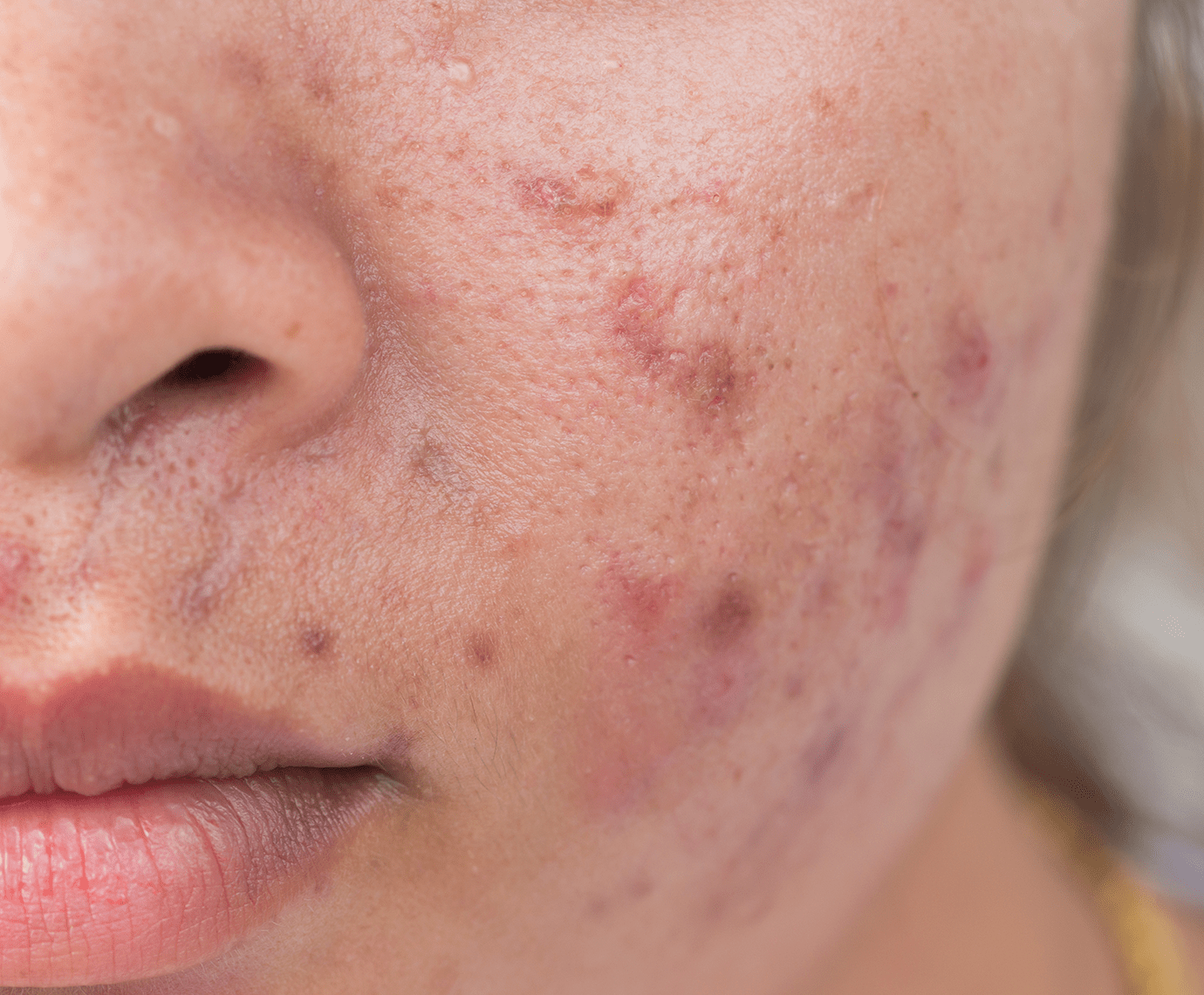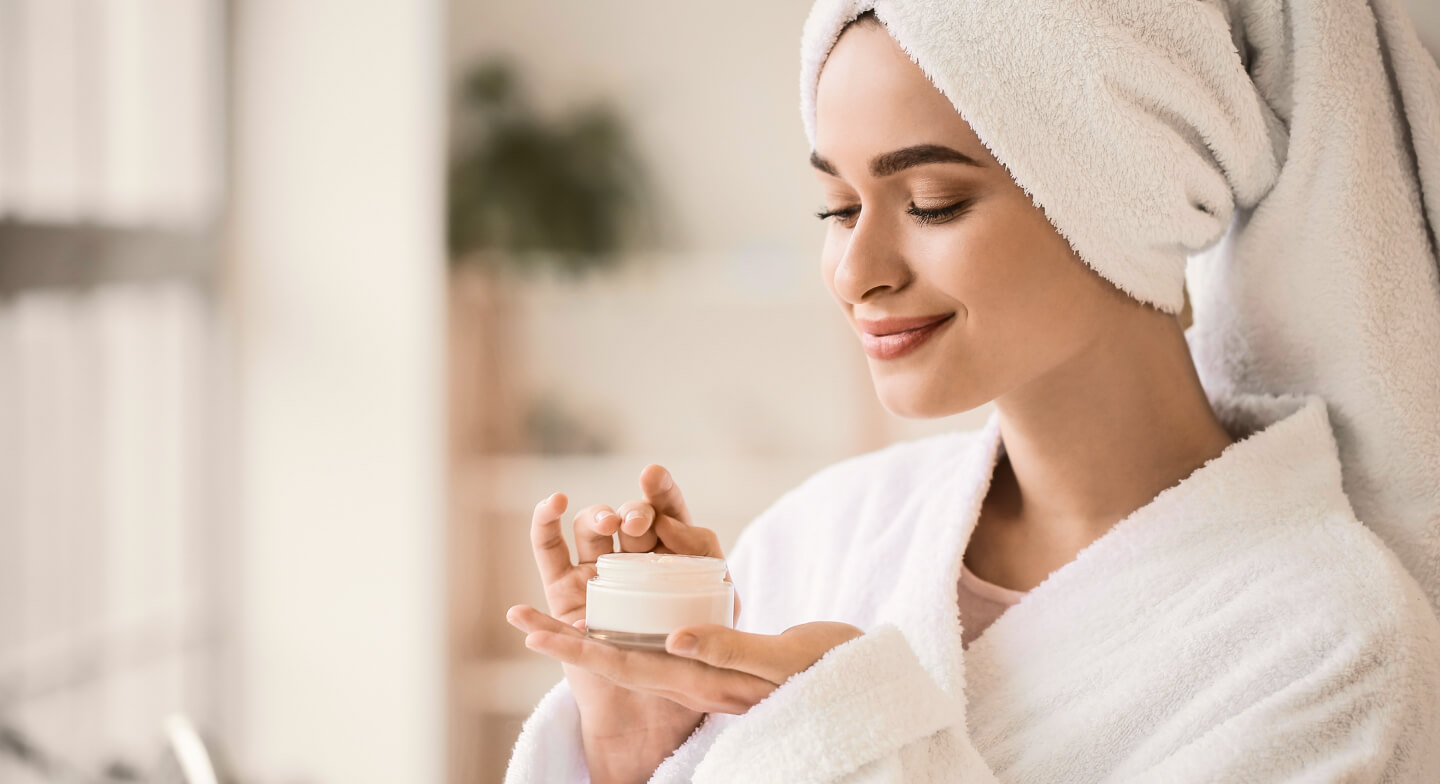Red acne marks, often referred to as post-inflammatory erythema (PIE), can be a frustrating aftereffect of acne. While these marks are not active acne lesions, their presence can still affect one’s confidence and self-image. UVB Therapy can help heal acne marks. Understanding the causes and treatment options is essential for effectively reducing the appearance of these marks. In this guide, we will explore various methods that can help diminish red acne marks, focusing on both at-home remedies and professional treatments.
Understanding Red Acne Marks
Before diving into treatment options, it’s important to understand the nature of red acne marks. These marks occur as a result of inflammation following an acne breakout. The redness indicates that there is still some inflammatory response occurring in the skin, and this can persist for weeks or even months after the acne itself has resolved. Factors such as skin type, severity of acne, and individual healing process play a role in how long these marks last.
What causes pimple marks?
 Pimple marks are caused by areas of hyperpigmentation
Pimple marks are caused by areas of hyperpigmentation
At-Home Treatments
- Topical Treatments
- Vitamin C Serums: Vitamin C is known for its antioxidant properties and its ability to brighten skin. Incorporating a Vitamin C serum into your skincare routine can help reduce redness and improve overall skin tone.
- Niacinamide: This ingredient is celebrated for its anti-inflammatory properties and ability to strengthen the skin barrier. Applying niacinamide can lessen redness and promote even skin tone.
- Retinoids: Over-the-counter retinoids, like adapalene, can encourage skin cell turnover, fade hyperpigmentation, and improve skin texture. It’s important to start slowly to avoid irritation.
- Hyaluronic Acid: While this won’t specifically target redness, hyaluronic acid can deeply hydrate the skin, which may enhance healing and reduce the appearance of marks.
- Exfoliation
- Gentle exfoliation can remove dead skin cells and accelerate cellular turnover. Chemical exfoliants like AHAs (alpha hydroxy acids) and BHAs (beta hydroxy acids) are particularly effective but should be used judiciously to avoid irritation.
- Sun Protection
- UV damage can darken existing marks and prolong their healing time. Using a broad-spectrum sunscreen with an SPF of 30 or higher can protect the skin and help prevent further hyperpigmentation.
- Cooling Treatments
- Applying cool compresses or aloe vera gel can soothe inflamed skin and reduce redness. Aloe vera has anti-inflammatory properties and can support healing.
- Home Remedies
- Natural ingredients like honey, green tea, and tea tree oil can provide soothing effects and support skin healing. However, it’s vital to conduct a patch test first to ensure there is no adverse reaction.
Professional Treatments
- Chemical Peels
- A chemical peel performed by a dermatologist can significantly improve the appearance of red marks. These peels remove the superficial layer of skin, promoting new growth and helping to reduce redness.
- Microneedling
- This procedure involves tiny needles creating micro-injuries in the skin, stimulating collagen production and improving skin texture, which can aid in fading red marks over time.
- Laser Treatments
- Various lasers, such as pulsed-dye lasers or fractional lasers, can target redness specifically. These treatments work by targeting blood vessels under the skin, helping to reduce inflammation and redness.
- Light Therapy
- Blue and red light therapies can help reduce inflammation and promote healing. Many dermatologists offer these treatments, or there are at-home devices available for personal use.
- Dermatological Prescription Treatments
- Prescription options like stronger topical retinoids or corticosteroids can be effective in reducing redness and promoting skin healing. Consulting a dermatologist can provide guidance tailored to your specific skin needs.
Lifestyle Changes
In addition to targeted treatments, certain lifestyle changes can aid in the healing of red acne marks:
- Stay Hydrated: Drinking plenty of water supports overall skin health and healing.
- Balanced Diet: A diet rich in antioxidants, vitamins, and minerals can support skin health. Foods high in omega-3 fatty acids, vitamin E, and zinc can be particularly beneficial.
- Avoid Picking or Squeezing: This can exacerbate inflammation and lead to further scarring and marks.
- Manage Stress: High stress can exacerbate skin issues. Incorporating relaxation techniques like yoga or meditation can promote overall skin health.
Conclusion
Effectively treating red acne marks requires a combination of topical treatments, professional interventions, and lifestyle changes. While results may take time, consistency in care can lead to significant improvements in skin appearance. Consulting a dermatologist can provide personalized recommendations and ensure that you’re using the most suitable treatments for your skin type. With dedication and the right approach, those red marks can become a distant memory, allowing you to enjoy clearer, more confident skin.

